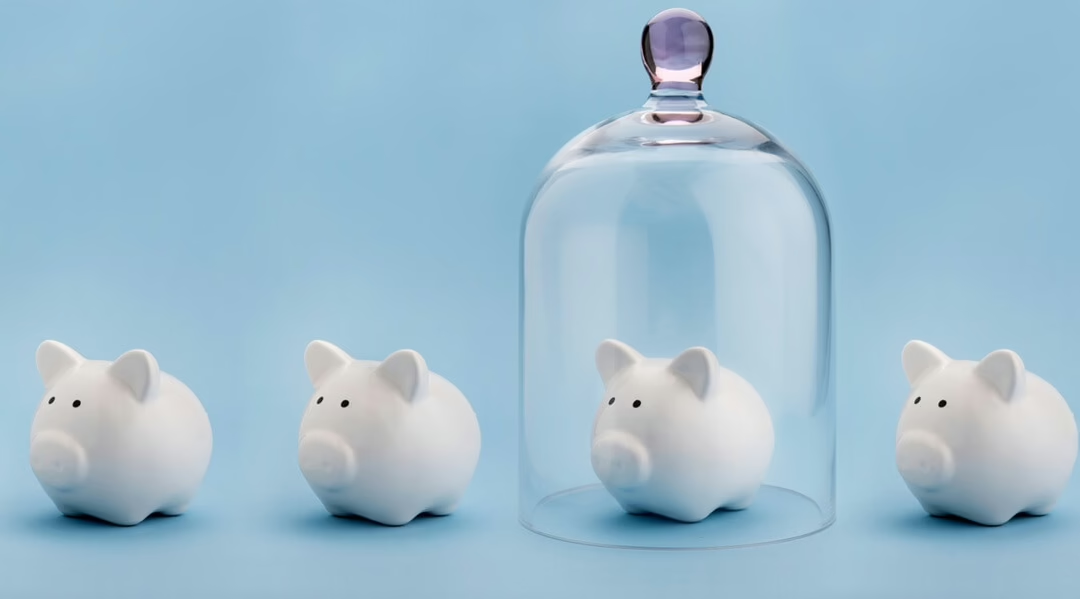
Why playing it too safe could cost you more than you think
It’s easy to assume that a conservative investment option is the safest way to protect your super. After all, the word conservative suggests caution, stability and low risk which is especially appealing when retirement is just around the corner.
But what feels safe on the surface may not give you the income you’ll need in retirement. If your returns are too low and/or your withdrawals are too high, you may quietly erode your nest egg without realising it.
What does ‘conservative’ really mean?
Most super funds offer a range of investment options with varying mixes of growth and defensive assets. Conservative funds are generally tilted toward defensive assets such as cash and fixed interest. These tend to be more stable in the short term, but deliver lower returns over time.
If you’re drawing down five per cent a year from your super, but your investment returns are only aiming to beat inflation as measured by Consumer Price Index (CPI) by one per cent (CPI was 2.1 per cent for the 12 months to June 2025), your capital will shrink. This can shorten the life of your savings and reduce your income in the years ahead.
A missed opportunity?
Many people haven’t reviewed their super’s investment mix in years. In Retirement Essentials Retirement Advice Consultations, it’s common to find that someone’s default or conservative option no longer suits their income goals.
Take Bevan (62) and Anne (60) who we reported on previously. They are five years from retirement with $690,000 in super. If they stay in a conservative option focused on cash and fixed interest, they might retire with around $848,000. But if they shift to a more balanced investment mix that includes shares and property, their projected retirement wealth could grow to around $937,000. While returns can vary, over the long-term that’s potentially nearly $90,000 more – simply by choosing a different mix of investments.
Risk isn’t the enemy – it’s about balance
Understanding your risk tolerance is critical. This doesn’t mean being reckless. It means knowing how much market movement you can live with while still giving your money the chance to grow.
Growth assets such as shares and property do fluctuate more – sometimes sharply – but they have also historically offered stronger returns over the long-term. Defensive assets tend to be steadier performers, but usually earn less over time. A balanced mix can give you a bit of both: some stability, and some growth potential.
The right level for you depends upon how soon you’ll need the money, how much income you’re drawing, and how comfortable you are with short-term volatility.
What about market shocks?
Markets move. Volatility can increase during events such as wars or pandemics. But history shows that markets tend to recover. Switching everything to cash during a downturn can lock in losses and leave you behind when markets bounce back.
Time for a check-in?
Your super fund statement should show the growth and defensive split of your current investment option. It’s worth checking – especially if you’re close to retirement or already drawing a pension. You may find your settings are more conservative than you realised.
Looking ahead
The goal isn’t just to preserve capital – it’s to ensure that your super can support the retirement lifestyle you want. That means reviewing your investments, understanding your drawdown strategy, and making sure your money is working as hard as it can for the years ahead.
If you’re not sure where you stand or what your options are, one of Retirement Essentials experienced advisers can help explain things in plain language, in a Retirement Advice Consultation to support you to make confident, informed choices.
Don’t let the label ‘conservative’ lull you into a false sense of security. A little knowledge – and the right strategy – can go a long way.
What about you?
Have you checked recently how your super is invested – and whether it’s keeping pace with your income needs in retirement?
What does ‘playing it safe’ mean to you when it comes to investing – and could it be time to revisit what’s really working for your goals?





